Design thinking is an innovative problem-solving approach that has been gaining popularity in recent years. It is a creative process that involves empathy, experimentation, and iteration to create solutions that meet the needs of the end-users. In this blog, we will explore the principles of design thinking and its application in the world of business.
What is Design Thinking?
Design thinking is a human-centered approach to problem-solving that is used to create innovative solutions. It involves a deep understanding of the user's needs, the ability to prototype and test solutions, and the willingness to iterate until the best solution is found. Design thinking is not limited to the world of design, but it can be applied to any field where problem-solving is requid.
The Principles
Design thinking is based on a set of principles that guide the process. These principles are:
Empathy: Design thinking requires empathy for the end-user. It is important to understand their needs, desires, and limitations to create a solution that truly meets their needs.
Define: Once the user's needs are understood, the problem is defined. This involves breaking down the problem into smaller, manageable pieces and identifying the root cause.
Ideate: This is the brainstorming phase where all possible solutions are explored. There are no wrong answers in this phase, and the goal is to generate as many ideas as possible.
Prototype: Once ideas have been generated, it is time to create a prototype. This can be a physical prototype or a digital one, depending on the nature of the solution.
Test: The prototype is tested with the end-user to get feedback. This feedback is used to refine the solution and iterate until the best solution is found.
Implement: Once the best solution is found, it is implemented. This can involve creating a final product or service, or it can involve implementing changes to an existing product or service.
The Applications
Design thinking can be applied to any field where problem-solving is required. It is commonly used in the world of business to create innovative solutions that meet the needs of the end-users. Here are some examples of how design thinking can be applied in business:
Product design: Design thinking can be used to create new products or improve existing ones. By understanding the needs of the end-user, designers can create products that truly meet their needs.
Service design: Design thinking can also be used to create new services or improve existing ones. By understanding the needs of the end-user, service designers can create services that truly meet their needs.
Marketing: Design thinking can be used in marketing to create campaigns that resonate with the target audience. By understanding the needs and desires of the target audience, marketers can create campaigns that are more effective.
Employee engagement: Design thinking can also be used to create a more engaging work environment. By understanding the needs and desires of employees, employers can create a work environment that is more conducive to productivity and job satisfaction.
The Benefits
Design thinking has several benefits, including:
Improved innovation: By using design thinking, businesses can create more innovative solutions that truly meet the needs of the end-user.
Improved customer satisfaction: By understanding the needs of the end-user, businesses can create products and services that truly meet their needs, leading to increased customer satisfaction.
Improved employee engagement: By using design thinking to create a more engaging work environment, businesses can improve employee engagement, leading to increased productivity and job satisfaction.
Increased efficiency: By breaking down problems into smaller, manageable pieces, businesses can improve efficiency in the problem-solving process.
Conclusion
Design thinking is a powerful problem-solving approach that can be applied to any field where problem-solving is required. By understanding the needs of the end-user and creating solutions that truly mee


Comments